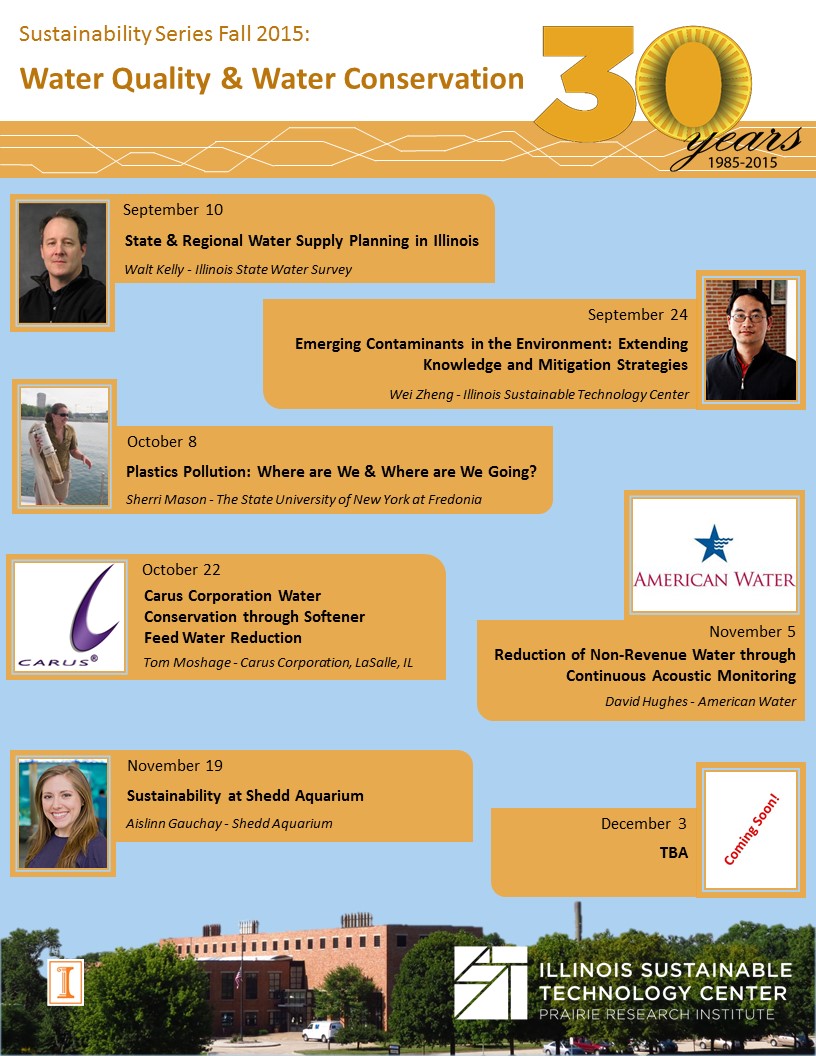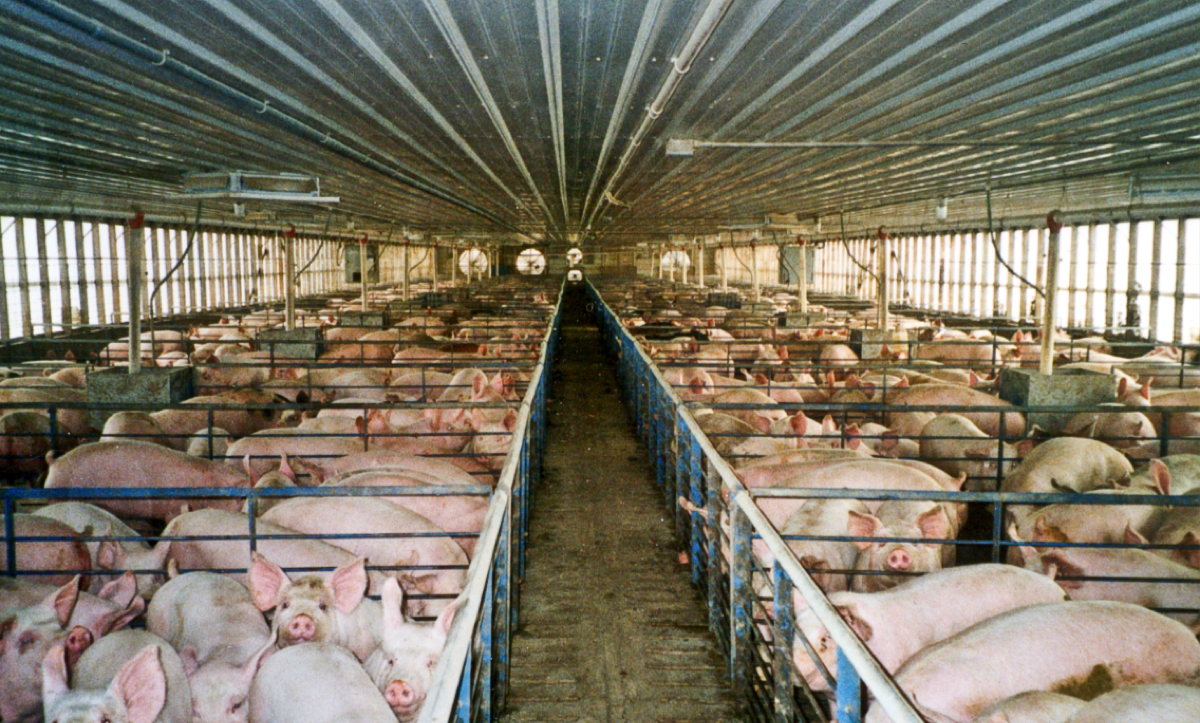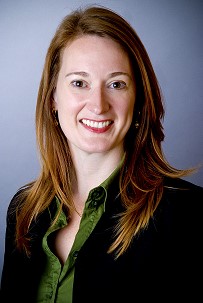 To highlight our speakers at the Governor’s Sustainability Awards Ceremony, we asked them to answer a few short questions to give a sneak peak into their presentation before the event. Kate Zerrenner, Climate and Energy Project Manager for the Environmental Defense Fund, gave us a little more insight into the energy-water nexus. Join us on October 27th at the Sheraton Chicago Hotel & Towers to learn more.
To highlight our speakers at the Governor’s Sustainability Awards Ceremony, we asked them to answer a few short questions to give a sneak peak into their presentation before the event. Kate Zerrenner, Climate and Energy Project Manager for the Environmental Defense Fund, gave us a little more insight into the energy-water nexus. Join us on October 27th at the Sheraton Chicago Hotel & Towers to learn more.
We know that there is more buzz about the energy-water nexus and how it relates to our utility systems and economy, but tell me briefly why you started working on this topic.
When the drought hit Texas in 2010, I felt that we needed to have a voice in the environmental community about energy as a water conservation strategy. My background is in energy and I saw the connection, and I wanted to help make that connection for others: water saves energy and energy saves water.
There are many opportunities for infrastructure to improve their policy and development of these systems to save both energy and water, but why is this nexus so important for businesses to be aware of?
Many businesses have large energy bills – one way to improve that line item is through water efficiency, which also saves energy. Also, in water-stressed areas, investing in things like energy efficiency and other clean energy can help preserve scarce water resources.
Sometimes, as we are working in companies and manufacturers throughout Illinois, we see that energy efficiency can be tough sell, even with a significant payback. How can companies or organizations speak with upper management about the importance of both energy and water efficiency, and how they affect each other?
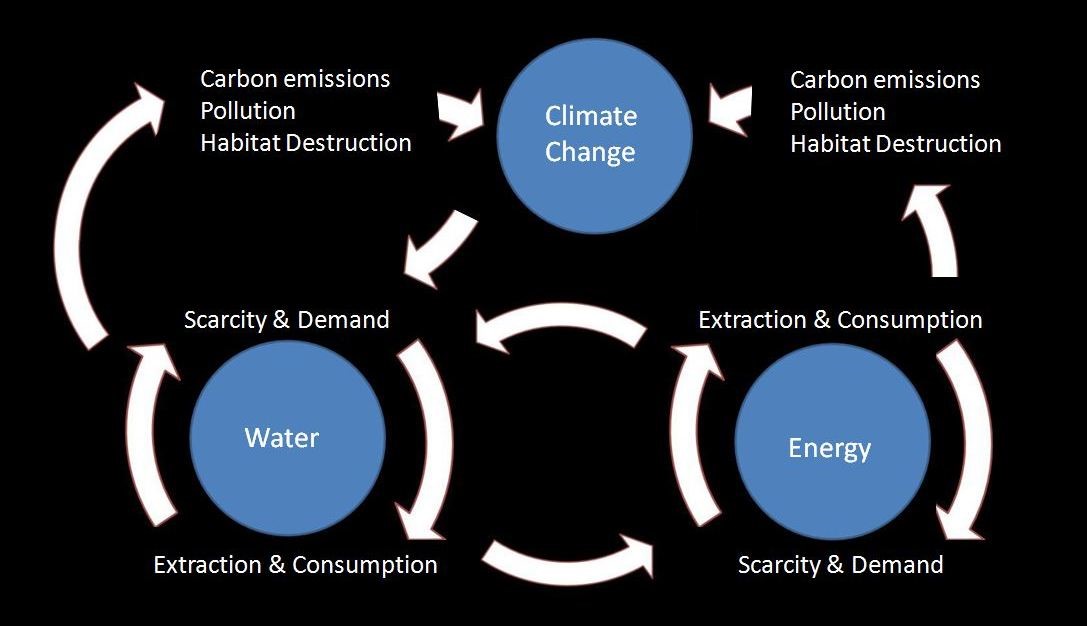
Evidence shows that in some cases water conservation could save as much energy as the utility energy efficiency programs, but at half the cost. By looking at both energy and water together we can find the synergies and opportunities for efficiency—investing in one saves both, so businesses can maximize their resources by investing in a more coherent strategy.
So there are savings opportunities and efficiency opportunities here that organizations can capitalize on – Why is it important to share this information on the energy-water nexus at events such as the Illinois Governor’s Sustainability Awards?
Many people think that water scarcity is just something that dry Western states have to worry about, but climate models predict hotter and drier conditions for much of the country, including parts of the Midwest. In addition to preparing for new normal of drier or hotter conditions, it’s important to help businesses and industry realize the connection between energy and water so they can make their usage more efficient and lower their utility bills and their carbon footprints.
Are there any new initiatives that you are working on at the Environmental Defense Fund that you would like to share?
We are starting work with cities to help understand how much embedded energy is in municipal water systems, which will hopefully lead to opportunities to invest in targeted efforts to reduce cities’ energy bills and protect water resources.





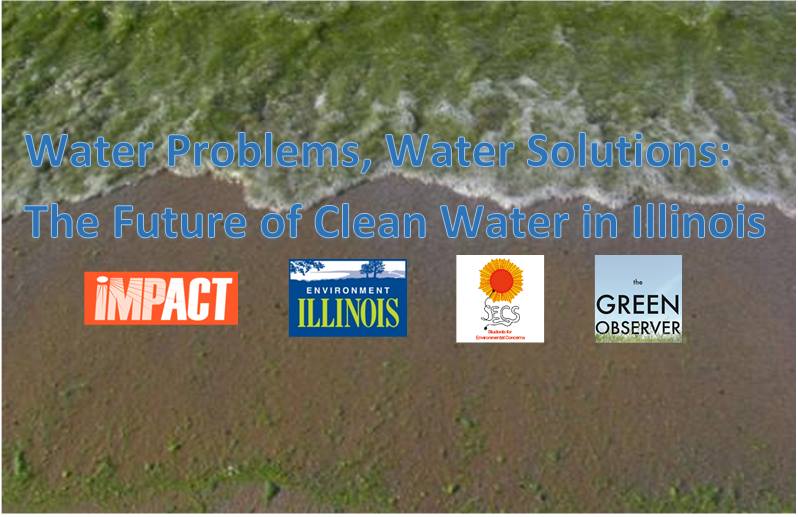

 ISTC will be at Urbana’s Market at the Square in the community groups section discussing proper medicine disposal and our research on
ISTC will be at Urbana’s Market at the Square in the community groups section discussing proper medicine disposal and our research on  ISTC will participate next week in the U of I’s Institute for Sustainability, Energy, and Environment (iSEE) second annual international conference titled “Water Planet, Water Crises? Meeting the World’s Water-Food-Energy Needs Sustainably”. The
ISTC will participate next week in the U of I’s Institute for Sustainability, Energy, and Environment (iSEE) second annual international conference titled “Water Planet, Water Crises? Meeting the World’s Water-Food-Energy Needs Sustainably”. The 